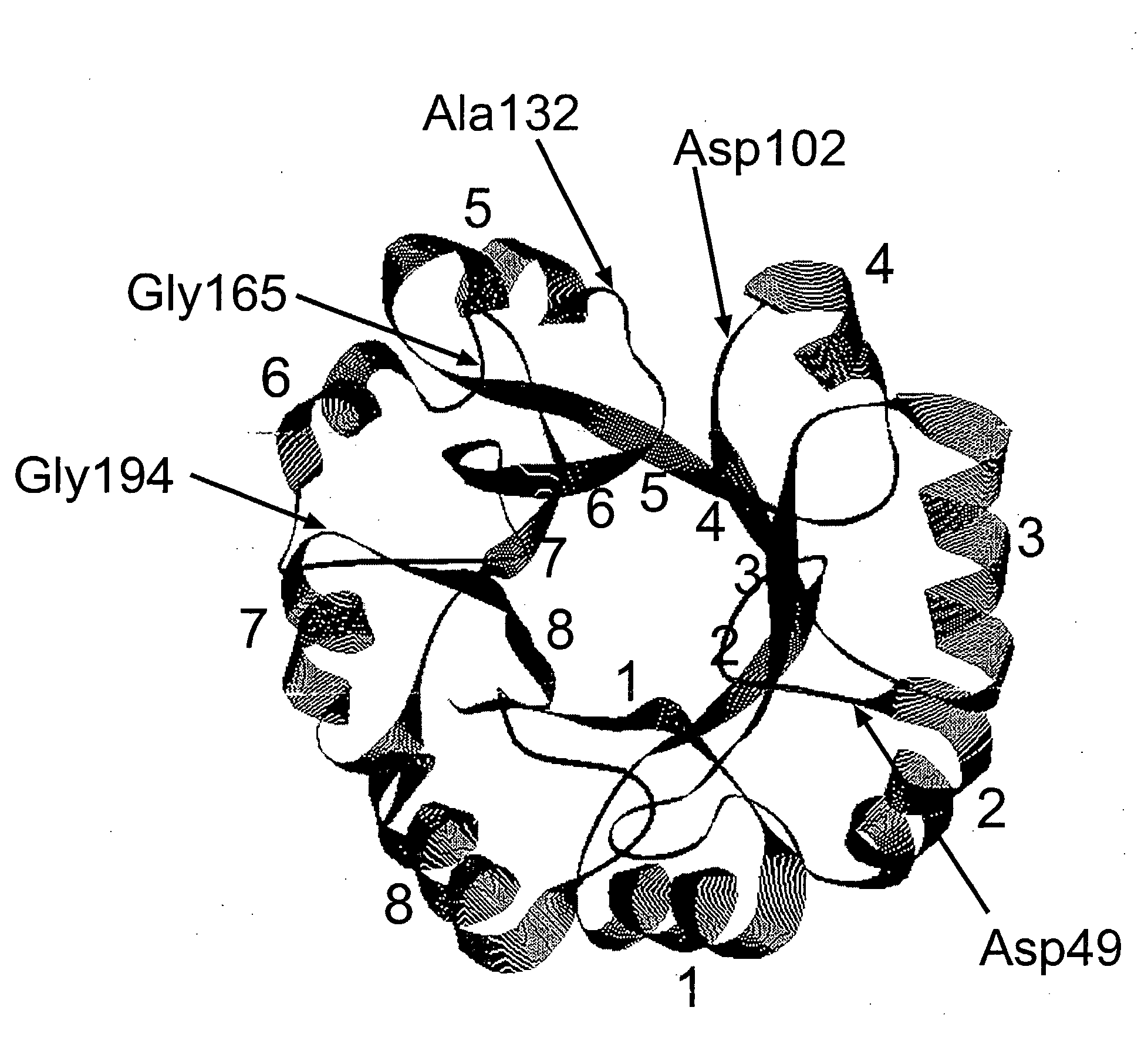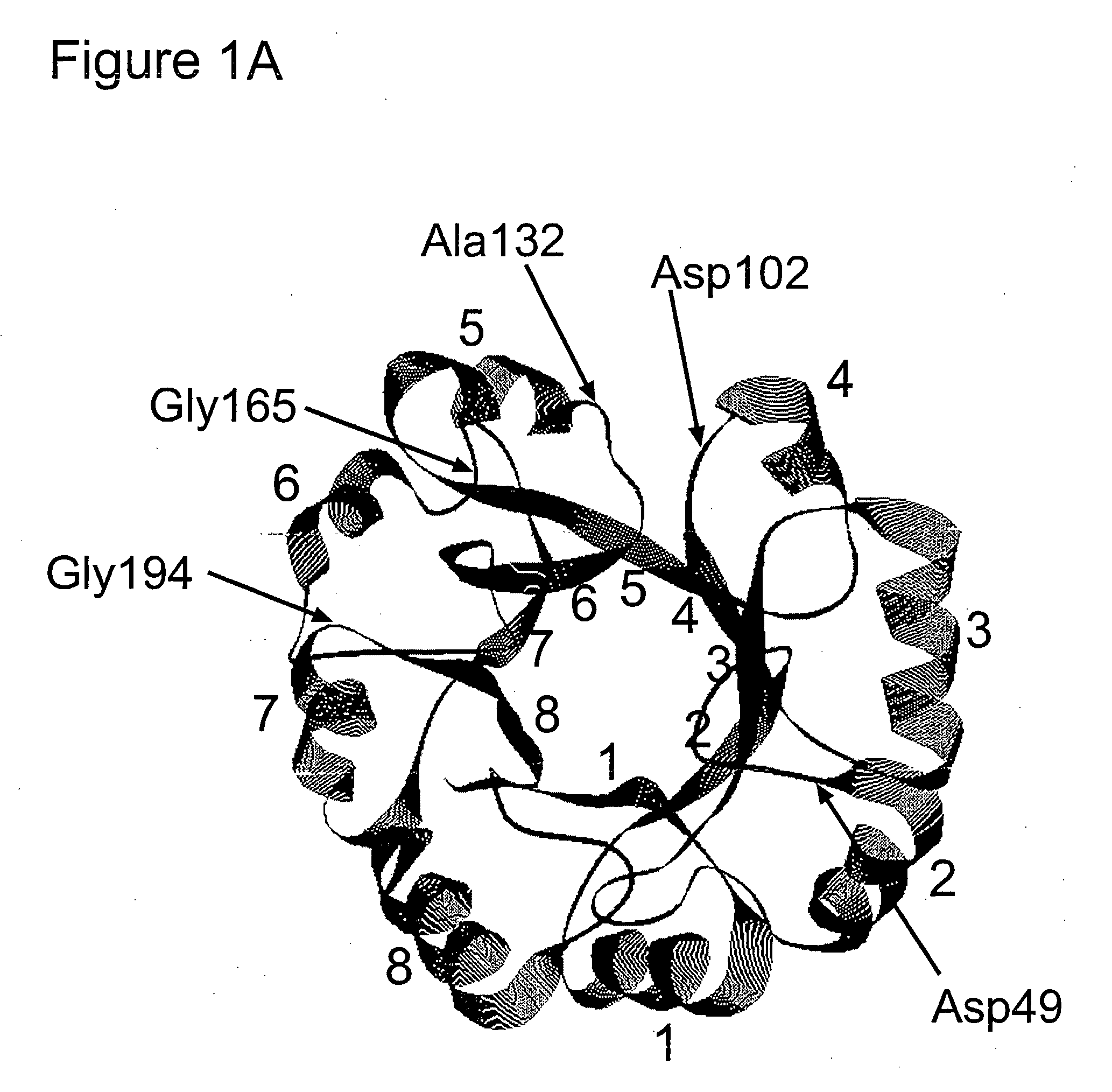Genetic selection system to identify proteases, protease substrates and protease inhibitors
- Summary
- Abstract
- Description
- Claims
- Application Information
AI Technical Summary
Benefits of technology
Problems solved by technology
Method used
Image
Examples
Embodiment Construction
[0149]In the following a cell-based system is described, which enables monitoring protease activity and, in addition, selecting for inhibitors of given proteases.
[0150]In this assay, the protease cleavage sequence of interest is inserted into a protein essential for proliferation of yeast cells, the Trp1p protein, yielding the tester protein. Co-expression of the protease with this engineered substrate reduces cell proliferation in selective medium, as it will be shown with the human cytomegalovirus (CMV) protease. In a proof-of-principle experiment, it was demonstrated that a small molecule CMV protease inhibitor prevents inactivation of the modified Trp1p tester protein by blocking of said protease, thus stimulating cell proliferation.
[0151]Growth markers impose themselves as the best candidates for the choice of the essential protein for this system. Indeed, most laboratory strains are already deleted for growth markers, allowing for the application of such a system in almost any...
PUM
| Property | Measurement | Unit |
|---|---|---|
| Electric charge | aaaaa | aaaaa |
| Cell proliferation rate | aaaaa | aaaaa |
Abstract
Description
Claims
Application Information
 Login to View More
Login to View More - R&D
- Intellectual Property
- Life Sciences
- Materials
- Tech Scout
- Unparalleled Data Quality
- Higher Quality Content
- 60% Fewer Hallucinations
Browse by: Latest US Patents, China's latest patents, Technical Efficacy Thesaurus, Application Domain, Technology Topic, Popular Technical Reports.
© 2025 PatSnap. All rights reserved.Legal|Privacy policy|Modern Slavery Act Transparency Statement|Sitemap|About US| Contact US: help@patsnap.com



